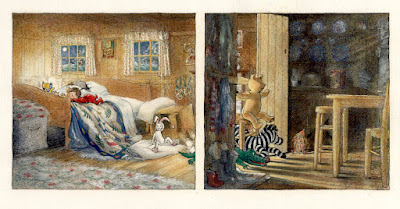22 Bury Street Gallery offers a unique and friendly exhibition space, ideal for solo, group and pop-up shows and located in heart of the world-famous St James’s art district of central London. The gallery is well situated neighbouring Christie’s as well as many internationally famous art galleries exhibiting all ranges of artwork from cutting-edge Contemporary, to Old Masters and Asian art.
Venue Hire Includes:
- Affordable and flexible exhibition space on the ground floor and mezzanine.
- Extensive window and gallery street frontage overlooking to the destination shopping district of St James's
- Options for window letting and design.
- Private view evenings and events, plus freedom of opening hours as desired.
- Telephone line, and an extra dedicated line for credit card terminals (card terminals not supplied).
- Kitchen and WC areas downstairs (not a display area).
- No commission charged on the sale of artwork.
Available on Request:
- Wifi
- PC
- Printer
- Hanging service
- Display materials (lighting system, blocks, bookshelves, acrylic notice displays etc)
- Bespoke framing service
- Catering staff, food and drinks.
The Gallery
The
modern exhibition space is situated on the ground floor with extra
hanging opportunities on the mezzanine, which can be made available.
The space possesses an impressive frontage on to the street, within
direct view of the well-known shopping precinct of Jermyn Street.
Bury Street benefits from strong daily foot fall from both
international visitors as well as the many businesses in this
quarter, specialising in finance, fashion and art.
How to Find Us:
Conveniently
situated a few minutes’ walk from both Green Park and Piccadilly
Circus underground stations with good access by car and bus (9, 14,
19, 22,38 to Green Park), and a short walk from Royal Academy and The
National Gallery.
Car
Parking available directly outside the gallery (Pay By Phone).
Find our location on Google Maps here.
Costs:
Day
rate: £1000 + vat
Week
rate: Ground
floor: £5500 + vat / Ground
& mezzanine: £6500 + vat
Two
weeks: £9500 + vat
Long-term:
Upon request.
Size:
The
ground floor gallery is 8.5 x 4m at its widest and longest. Standing
events can accomodate 50 people (or 100 coming and going). Seated
events suit up to 25 people.
Exhibitor Testimonial:
”I
have had two exhibitions at the gallery in July 2017 and July 2018. I
found the location splendid, convenient for existing clients, and I
also made sales to new customers who just happened to wander in. The
friendly and welcoming feel of the bright gallery gives it an
accessible and unstuffy atmosphere. The space is very versatile and
can accommodate work of many sizes. I have only used the ground floor
but there is another gallery on the first floor. The window is large
and seems to be viewed when the gallery is closed. The staff are
charming and ever helpful. I can highly recommend exhibiting at this
gallery and hope to do so again myself.”
- Karen Taylor, Karen Taylor
Fine Art, 2018
Contact:
For bookings and further information please contact +44 207 976 1727 or email galleryhire@illustrationcupboard.com




































